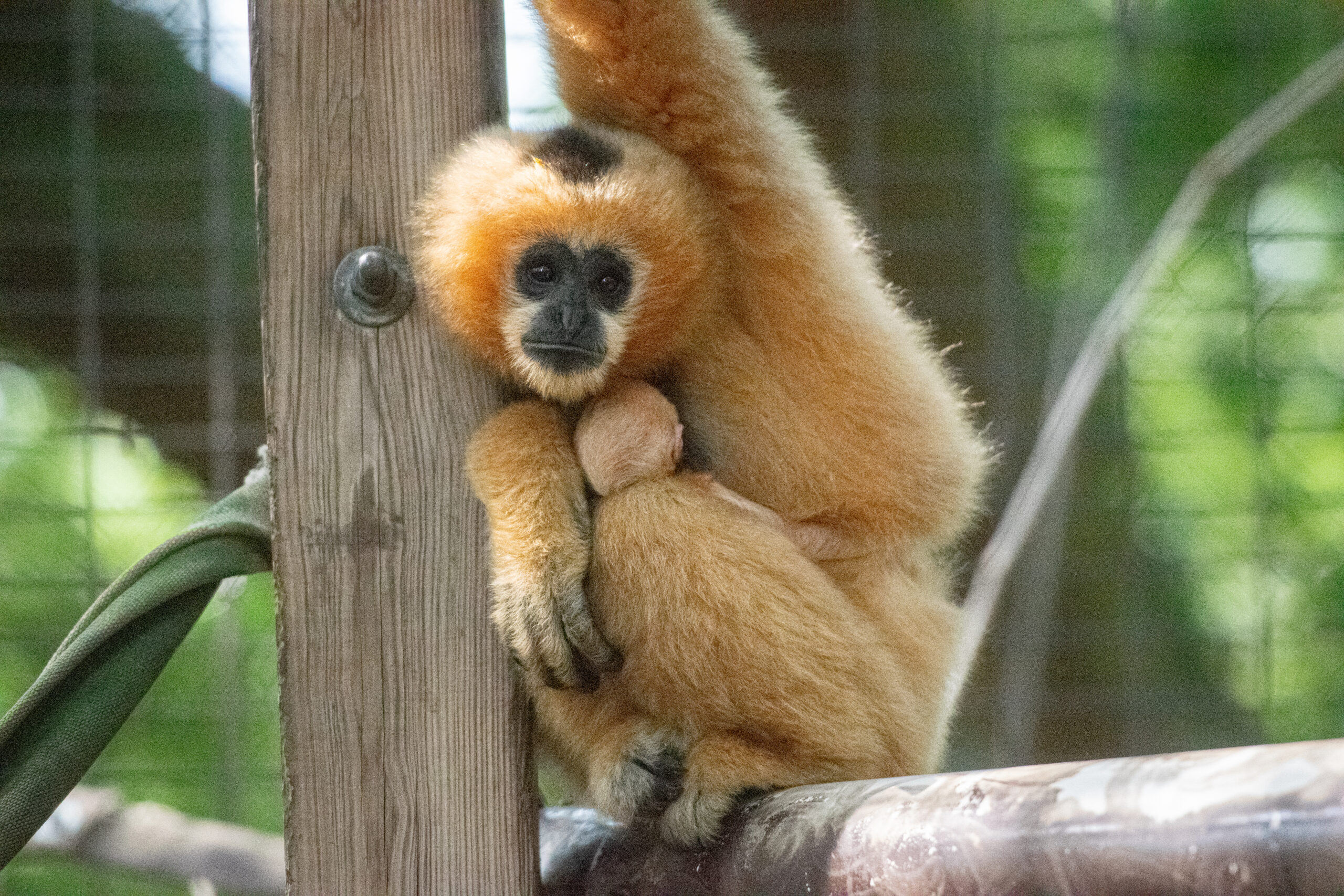Summary of A Cheeky New Baby is Born:
The Houston Zoo has welcomed its first-ever northern white-cheeked gibbon. The male gibbon was born on May 30 to first-time parents Ting and Max. Guests can see the new family in Wortham World of Primates. White-cheeked gibbons are critically endangered in the wild due to habitat loss and poaching. Guests can help save primates by visiting the Zoo, with a portion of each membership and admission ticket supporting the Zoo’s conservation work in Asia, Africa, and South America.
*****
Summary:
– Houston Zoo welcomes a rare northern white-cheeked gibbon baby.
– Northern white-cheeked gibbons are critically endangered in the wild.
– Visitors to the Zoo can support conservation efforts to protect primates in the wild.
A Cheeky New Baby is Born, and Houston Zoo Welcomes First Northern White-Cheeked Gibbon
The arrival of a new baby is a momentous occasion, but the birth of a northern white-cheeked gibbon at the Houston Zoo is especially thrilling. On May 30, Ting and Max, first-time parents, welcomed their precious little one to the world. The male gibbon is the first of his species to be born at the Houston Zoo.
The new family can be found in the Wortham World of Primates, next to the De Brazza’s monkeys. While the mother and baby appear to bond well, the first few weeks are critical for the newborn. The animal care team carefully monitors the pair to ensure that the mother and the infant are healthy and thriving. The keepers, who have dedicated their lives to caring for the gibbons, will be honored to name the new arrival.
Northern white-cheeked gibbons are native to southeast Asia, Vietnam, and southern China and are critically endangered in the wild. Over the past 45 years, their populations have declined by 80%, primarily due to habitat loss and poaching. As such, the birth of the new baby at the Houston Zoo represents a critical conservation win.
White-cheeked gibbons are known for their distinctive appearance. They are dimorphic in fur color, meaning that all white-cheeked gibbons are born a cream color. They then change to black when they are about two years old, and at that point, they will develop the iconic white cheek patches. Males will stay black, while females will revert to the cream color.
Another notable feature of white-cheeked gibbons is their exceptionally long arms. They have the most extended arm length relative to the body size of any primate. Their arms are longer than their legs, which aids their ability to swing from tree to tree.
The Houston Zoo is dedicated to protecting primates in the wild, and guests can play a vital role in these conservation efforts. A portion of each membership and admission ticket supports the Zoo’s work in Asia, Africa, and South America. The Houston Zoo helps equip anti-poaching patrols, protects and restores habitat through reforestation initiatives led by locals, and provides expert veterinary care to heal and rehabilitate sick and injured primates.
In sum, the arrival of the new northern white-cheeked gibbon baby at the Houston Zoo is a cause for celebration. It represents the dedication, and hard work of animal care professionals committed to saving endangered species from extinction. As guests, we can support these efforts and help protect primates in the wild by visiting the Zoo and joining in the fight to preserve our planet’s precious biodiversity.


